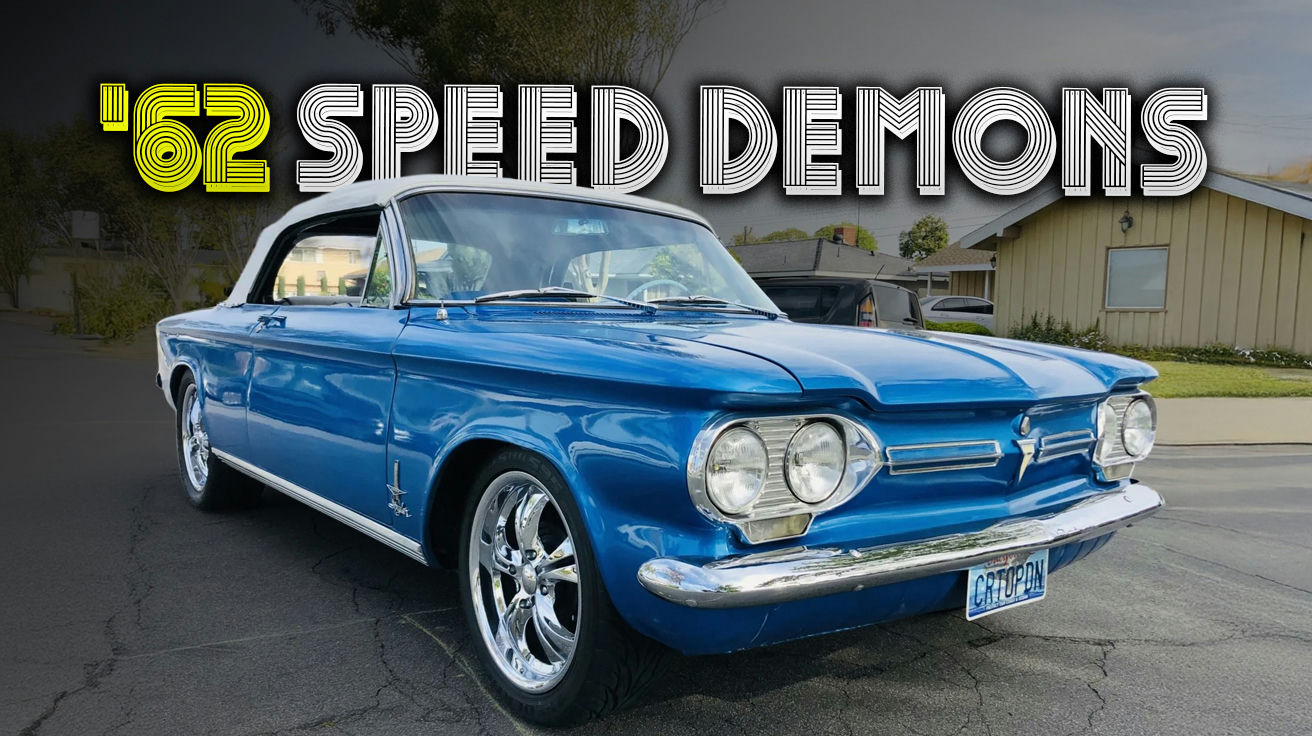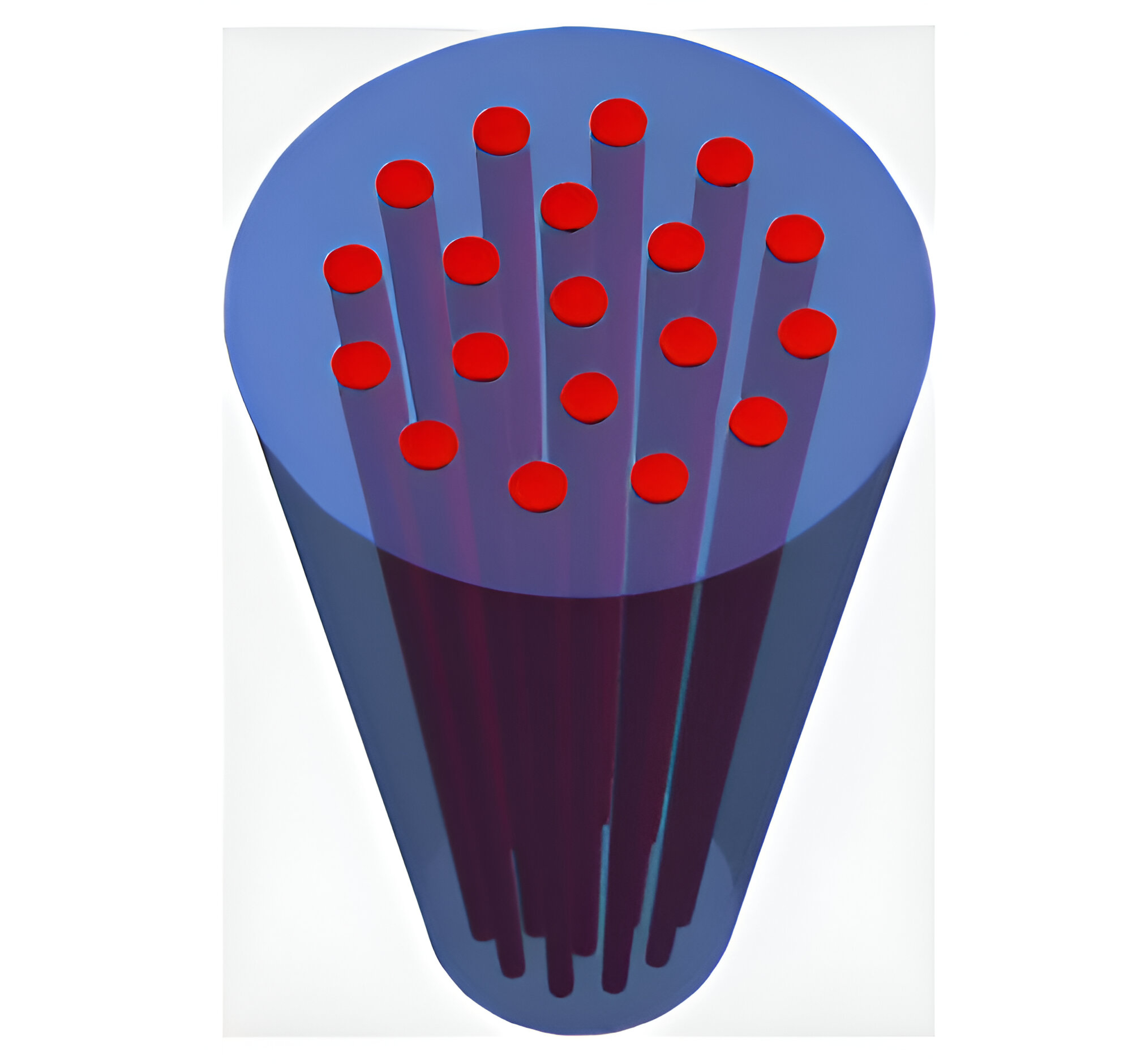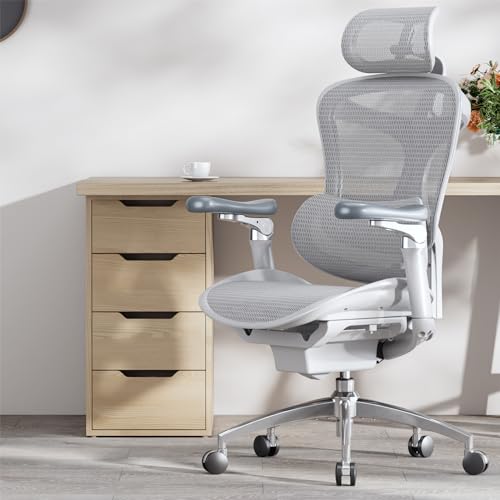Picture 1962: chrome gleaming on oversized Cadillacs, fins pointing skyward like rocket ships. But beneath all that flash, something rawer was brewing. These eight forgotten beasts didn’t need fancy badges or marketing campaigns. They just needed you to hit the gas and hold on tight.
8. 1962 Chevrolet Corvair Monza Spider Turbo (Exterior)

Unique rear-engine proportions created a distinctive silhouette unlike any other American car. European sports car influence was obvious but executed with Detroit flair. The Corvair looked different because it was different. Clean, modern lines that avoided typical American excess of the era. No unnecessary chrome or decorative elements—just pure form following function. Sometimes innovation requires abandoning conventional wisdom completely and starting fresh.
1962 Chevrolet Corvair Monza Spider Turbo (Interior)

Sports car cockpit feel in an affordable package that challenged European imports. Bucket seats and floor shifter created an intimate driving environment. The instrument panel emphasized performance information over luxury appointments. Compact dimensions forced efficient use of space that larger cars couldn’t match. Every control and gauge served a purpose without redundancy or excess. Chevrolet proved American manufacturers could build focused sports cars.
7. 1962 Ford Galaxie 406 Tri-Power (Exterior)

Conservative styling hid serious performance credentials underneath. The Galaxie looked like a respectable family hauler, which made its acceleration capabilities even more shocking. Understated aggression at its finest. Clean proportions and minimal chrome created timeless appeal. No outrageous fins or excessive decoration—just solid American design that aged better than most contemporaries. Sometimes restraint creates the most lasting impact.
1962 Ford Galaxie 406 Tri-Power (Interior)

Functional layout that prioritized driver control over passenger comfort. The manual transmission shifter fell perfectly to hand, while gauges provided clear information without unnecessary complexity. Ford understood performance car ergonomics.Seats offered adequate support for spirited driving without luxury car pretensions. Materials felt durable rather than premium, exactly what you’d want in a car designed for hard use. Function guided every interior decision.
6. 1962 Dodge Dart 413 Max Wedge (Exterior)
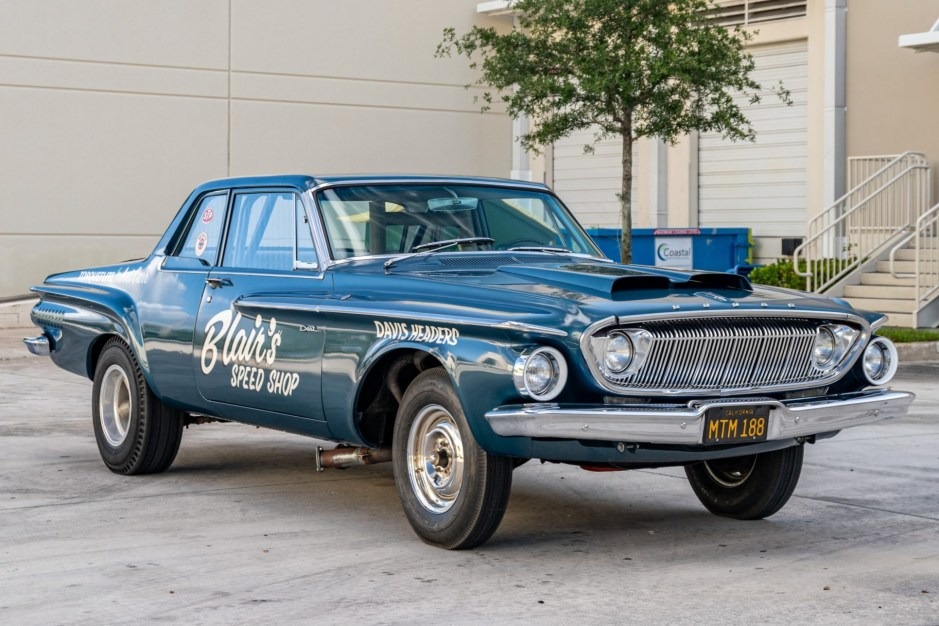
Purposeful aggression marked every line of the Max Wedge Dart. Raised front suspension created an unmistakable rake that screamed drag strip preparation. This wasn’t trying to be subtle about its intentions. Lightweight components replaced heavier stock pieces wherever possible. Body panels, bumpers, and trim all served the singular goal of quarter-mile domination. Form followed function with zero compromise for street appeal.
1962 Dodge Dart 413 Max Wedge (Interior)

Race-focused minimalism defined the Max Wedge cabin. Lightweight bucket seats, essential gauges, and nothing that didn’t contribute to going faster. Comfort took a backseat to performance—literally and figuratively.The instrument panel prioritized critical information over visual appeal. Oil pressure, water temperature, and tachometer readings mattered more than chrome trim. This interior was built for drivers, not passengers.
5. 1962 Mercury Monterey S-55 390 Marauder (Exterior)

Distinctive Mercury styling set the S-55 apart from Ford siblings without going overboard. Subtle design cues suggested performance capability while maintaining luxury car sophistication. The perfect balance between power and prestige.Proportions conveyed strength without bulkiness. Chrome trim appeared where it enhanced the design, not everywhere possible. This was how you built a gentleman’s hot rod in 1962—with taste and restraint.
1962 Mercury Monterey S-55 390 Marauder (Interior)

Luxury appointments that didn’t sacrifice performance functionality. Bucket seats and floor shifter created a sporting atmosphere while premium materials maintained Mercury’s upscale image. Best of both worlds executed properly. Dashboard design emphasized both style and substance. Gauges remained clearly visible while interior trim suggested quality construction. Mercury proved you could combine comfort with capability without compromising either goal completely.
4. 1962 Studebaker Lark Daytona 289 R2 (Exterior)

Compact proportions and clean lines that avoided Detroit’s excess. The Lark’s European-influenced styling aged better than most American designs of its era. Sometimes smaller really is better executed.Subtle performance cues hinted at the supercharged powerplant without screaming about it. No flashy graphics or aggressive bodywork—just honest design that let performance speak for itself. Studebaker understood understatement.
1962 Studebaker Lark Daytona 289 R2 (Interior)

Thoughtful ergonomics in a compact package that put larger cars to shame. Controls fell naturally to hand while gauges provided clear information without cluttering the dashboard. European influence showed in every detail.Materials felt more durable than luxurious, exactly right for a performance compact. Seats offered surprising support given the car’s modest dimensions. Sometimes constraint forces better design decisions than unlimited resources. Enthusiasts still debate which machine ruled the quarter-mile, but these icons stand tall among their peers. For a taste of more legendary muscle cars that defined the 1960s, take a look at the most blistering machines of the era.
3. 1962 Chevrolet Biscayne 409 (Exterior)

Pure function over form—the Biscayne looked like every other family sedan on the block. No hood bulges, side exhausts, or racing stripes to telegraph its intentions. The ultimate Q-ship that would leave Subaru bros crying in suburban disguise.That plain-Jane appearance was the whole point. While flashier cars attracted attention and police radar, the Biscayne slipped under everyone’s radar. Sometimes the best performance statement is making no statement at all.
1962 Chevrolet Biscayne 409 (Interior)
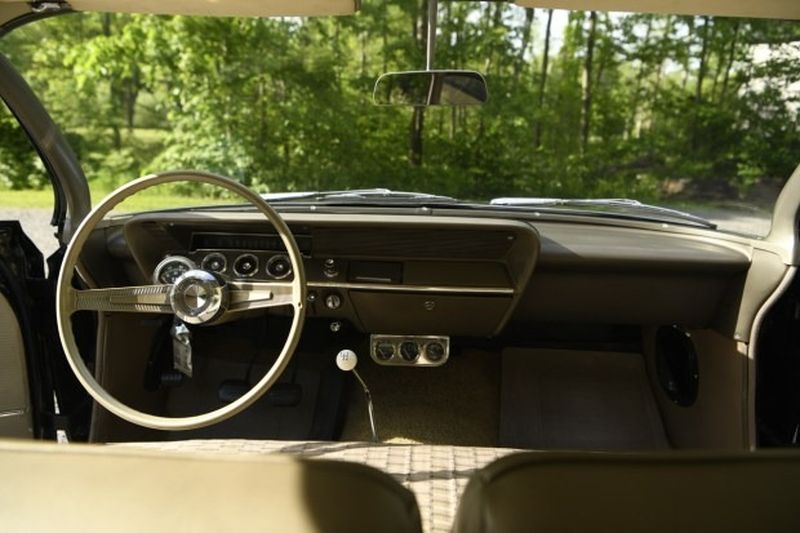
Stripped-down simplicity that focused on weight reduction over comfort. Basic bench seats, minimal trim, and essential gauges only. This wasn’t about luxury—it was about going fast for less money.The spartan cabin actually enhanced the driving experience. Fewer distractions meant more focus on what mattered: managing 409 horsepower through a manual transmission. Sometimes less really is more in performance cars.
2. 1962 Chrysler 300H (Exterior)

Understated elegance defined the 300H’s presence. No screaming hood scoops or aggressive bodywork—just sophisticated proportions that whispered power instead of shouting it. The kind of car that looked expensive without trying too hard. Chrome accents appeared where they belonged, not everywhere designers could stick them. The profile suggested speed through aerodynamic efficiency rather than cartoon aggression. Classic American luxury with European restraint—a rare combination in 1962.
1962 Chrysler 300H (Interior)

Premium materials throughout, but nothing felt excessive or gaudy. The cabin delivered genuine luxury without the typical Detroit over-the-top approach. Seats that actually supported you during spirited driving, imagine that concept.Dashboard layout prioritized function alongside form. Controls fell naturally to hand, gauges remained clearly visible, and build quality exceeded most contemporaries. This was how you combined comfort with capability when engineers actually cared.
1. 1962 Pontiac Grand Prix 421 Superduty (Exterior)

The Grand Prix looked like it meant business from every angle. Clean lines and subtle aggression replaced the excessive chrome of its era. No flashy racing stripes or gaudy add-ons—just pure automotive confidence.Those aluminum front clips weren’t just weight-saving tricks; they were visual statements. The drilled frame rails showed Pontiac’s commitment to performance over pretty details. This was a sleeper that didn’t need to shout.
1962 Pontiac Grand Prix 421 Superduty (Interior)

Bucket seats and a console setup that felt more cockpit than living room. The interior balanced luxury touches with performance functionality. No unnecessary frills, just what you needed to pilot 405 horsepower effectively.The instrument cluster told you everything without overwhelming your senses. Simple gauges, clear readouts, and controls within easy reach. Pontiac understood that when you’re moving this fast, ergonomics matter more than flash. Collectors and gearheads still hunt for these rare American classics, each one a reminder of Detroit’s boldest era. If you want to explore even more rare American classics, dive into some of the most coveted vintage models ever built.

